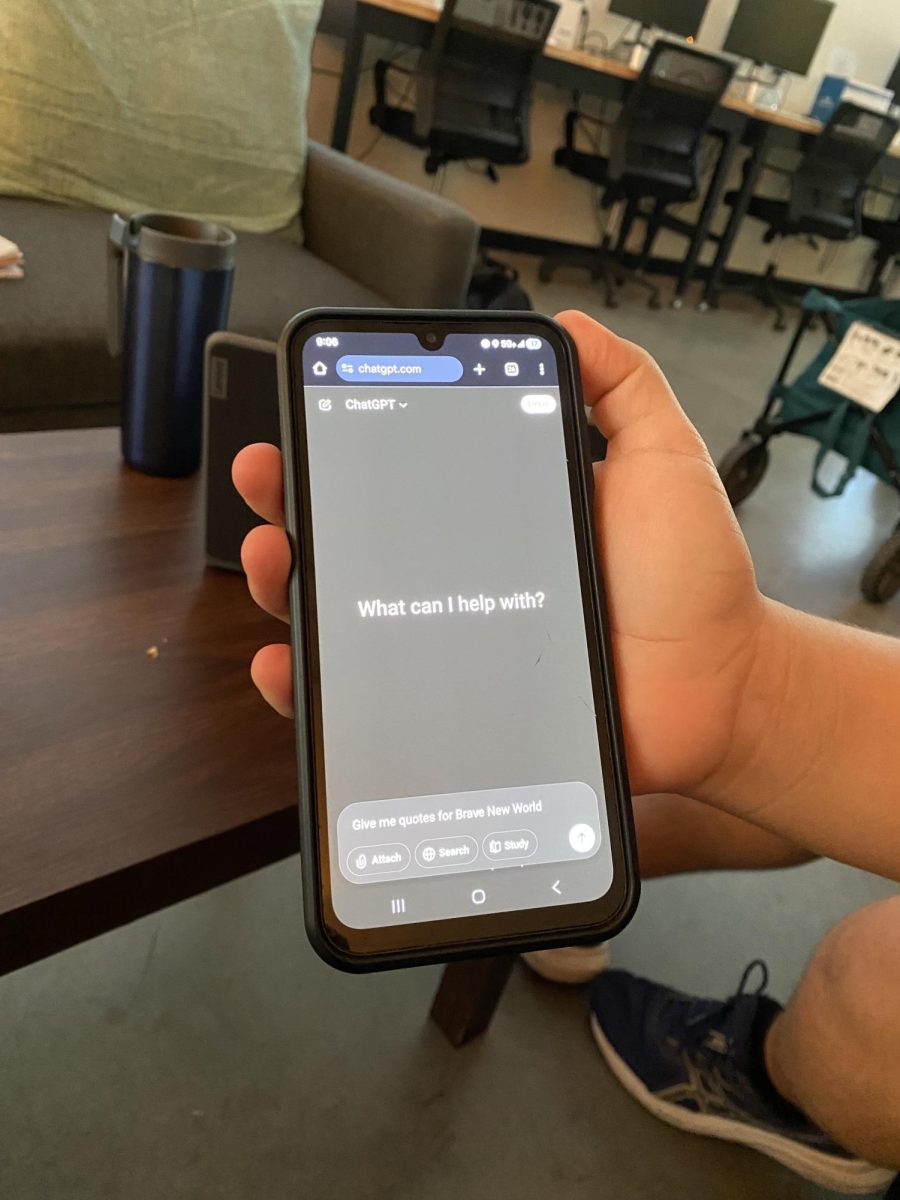Almost every country in the world has a unique approach to education; but how does America’s system compare?
The U.S. education system consists of 12 years of primary and secondary schooling before students enter college or university. This system emphasizes “practical, authentic learning that incorporates real-life lessons and activities,” according to the American Academy. However, America’s model has lots of contrast when compared to other systems, focusing more on different goals, structures, and philosophies.
According to Oxford Royale, China also offers six years of primary school and six years of secondary education. Chinese education prioritizes memorization and repetition—especially in math and science—to produce highly skilled workers in technical fields. Teachers emphasize that understanding begins with the full knowledge of a given topic.
South Korea’s education system is well-known for its extremely challenging education. As highlighted by Education Systems Around the World, and A Look at 4 Top School Systems, Korean students follow a 6-3-3 structure: six years of elementary school, three years of middle school, and three years of high school. But what truly sets Korea apart is the sheer intensity of a student’s day. School runs from 8 a.m. to 4 p.m., and it’s common for students to attend private schooling sessions from 6 to 9 p.m. afterward even if they may still have homework to do.
More than just long hours, South Korea’s education model is driven by a national belief in the growth mindset—the idea that success comes from perseverance, not just talent. In Korean culture, grit and hard work are often seen as more important than innate intelligence.
Finland consistently ranks among the top countries on the PISA (Programme for International Student Assessment) index. Its success stems from a philosophy almost opposite to that of China or Korea. Children in Finland don’t start school until age seven. Homework is not assigned to students until high school. Teachers are highly trained and deeply respected as it is seen as a very important role in their society.
Finland’s education is built around equity. Regardless of background, every child has access to the same high-quality public education up until college and university. The focus is on well-being, creativity, and fostering a lifelong love of learning rather than simply scoring high on tests.
While the United States places value on real-world learning and offers flexibility in academic paths, it lags behind countries like Finland and South Korea in global rankings for math and science. As these international systems show, there’s no one-size-fits-all solution to schooling, and everyone can learn a thing or two from another country.
From China’s academic discipline to South Korea’s dedication and drive, and Finland’s focus on equity and well-being, each country reflects different cultural priorities. The U.S. could benefit from rethinking its approach to standardized testing, school equity, and teacher preparation.
Education from country to country may have different approaches to how to educate their students. Taking inspiration from different systems can lead to further progress in not just the American education system but all the educational systems around the world.









